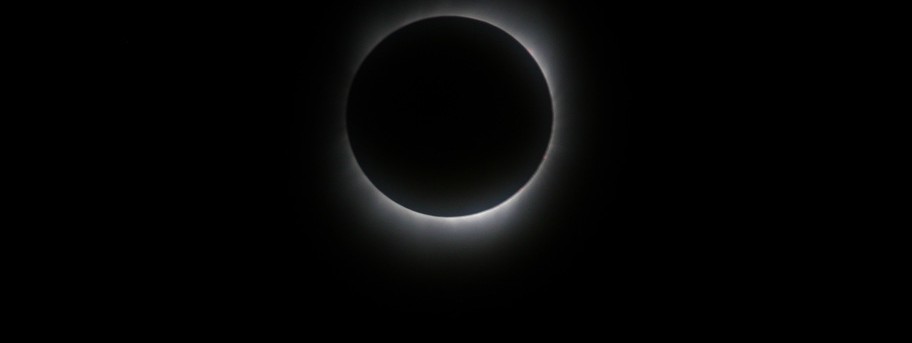The University of Nottingham
 Exchange online
Exchange online
Research Exchange
Looking into the dark universe

Scientists at the University are among a global collaboration of astronomers who are on a mission to build a satellite that will help to unlock the mysteries of the ‘dark universe’.
Researchers from the School of Physics and Astronomy are among the international consortium building the Euclid satellite, which will trace the distribution and evolution of the enigmatic dark matter and dark energy throughout the Universe.
The consortium has this week been formally adopted by the European Space Agency (ESA) as part of its Cosmic Vision programme and sets in motion an army of physicists and engineers to build and fly the mission by the end of this decade.
Dr Frazer Pearce, Associate Professor and Reader in Astrophysics and one of the Euclid consortium members from The University of Nottingham, said: “Euclid is now an official ESA mission and solidifies the Euclid Consortium at the forefront of worldwide research into the ‘dark universe’.
“Our academics are part of a fantastic team of almost 1,000 scientists from across Europe and other parts of the world, boasting expertise in all aspects of astronomy, physics and satellite and software design.
“By measuring the shape and distance of so many galaxies across cosmic time we will be able to understand the origin of the accelerating expansion of our Universe, answering fundamental questions about the mysterious dark energy.”
Dark energy signature
The ESA has also endorsed a Multilateral Agreement (MLA) between 13 European space agencies, NASA and the Euclid Consortium for the construction of key elements of the Euclid satellite, specifically the onboard instruments, software for analysing the data and the satellite’s scientific leadership.
The Euclid consortium will provide two instruments to ESA, a visible imaging instrument, VIS, and a near infrared imaging and spectrographic instrument, NISP. These state-of-the-art instruments, equipped with wide field cameras, will create a huge amount of exceptional quality data over a large fraction of the sky. It will require sophisticated and dedicated computer resources to analyse these data, looking for the signature of dark energy, which is ironically very small even though dark energy itself makes up 75% of the energy density in the Universe.
The Euclid Consortium is the biggest astronomy collaboration ever created and is already bigger than the existing ESA Planck and GAIA missions.
“The size of the team shows the immense interest in Euclid science across Europe” added Dr Pearce. “With its mix of observational astronomers, theorists and particle physicists the University of Nottingham is very well placed to exploit this opportunity to undertake world leading science.”
Nottingham expertise
The Nottingham team involved in the Euclid project also includes Professor Chris Conselice, Dr Constantinos Skordis and Dr Clare Burrage from the School of Physics and Astronomy. Prof Conselice is an observational astronomer who specialises in galaxy formation and evolution. He was the most cited young space scientist in the world (1997-2007). Dr Pearce is a theoretical astronomer who specialises in very large computer simulations. He is a member of the Euclid computational science working group which is generating the largest computer models ever attempted for the mission. Dr Skordis is a specialist in new gravitational theories, testing the existence of dark matter and dark energy. Dr Burrage is a theoretical cosmologist who is particularly interested in the interaction between dark energy and standard matter. She has just been awarded a prestigious URF by the Royal Society.
Tags: Cosmic Vision, dark energy, Euclid Consortium, European Space Agency, NASA, satellite, School of Physics and Astronomy
Leave a Reply
Other

Top prize for quantum physicist
A University of Nottingham physicist has won a prestigious medal from the Institute of Physics for […]

Zero carbon HOUSE designed and built by students comes home
Design and construct a low cost, zero carbon, family starter home, transport it to Spain, build […]